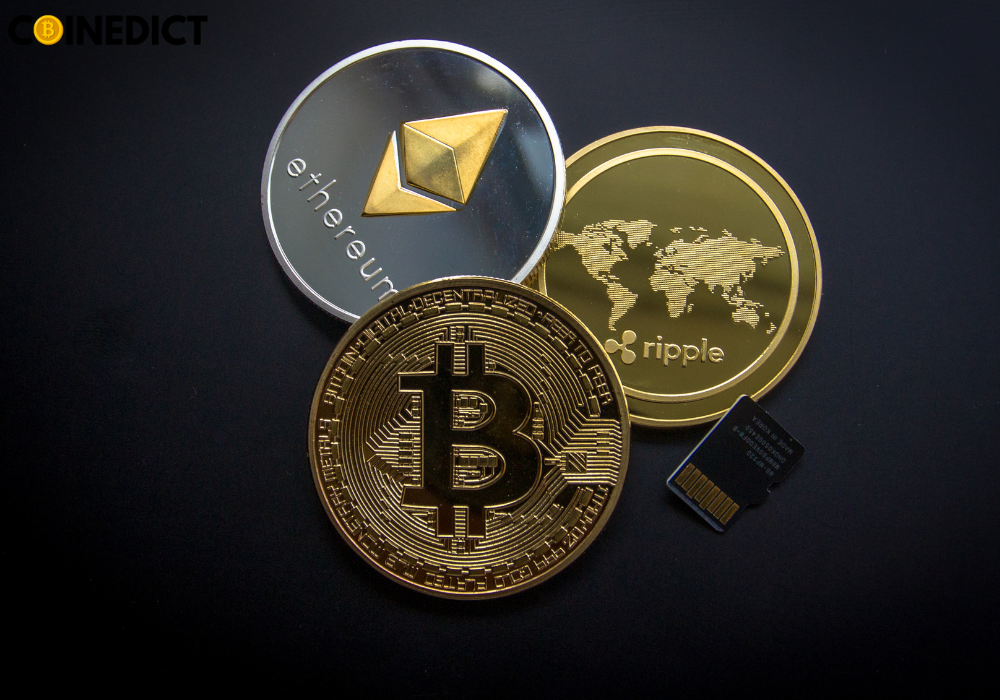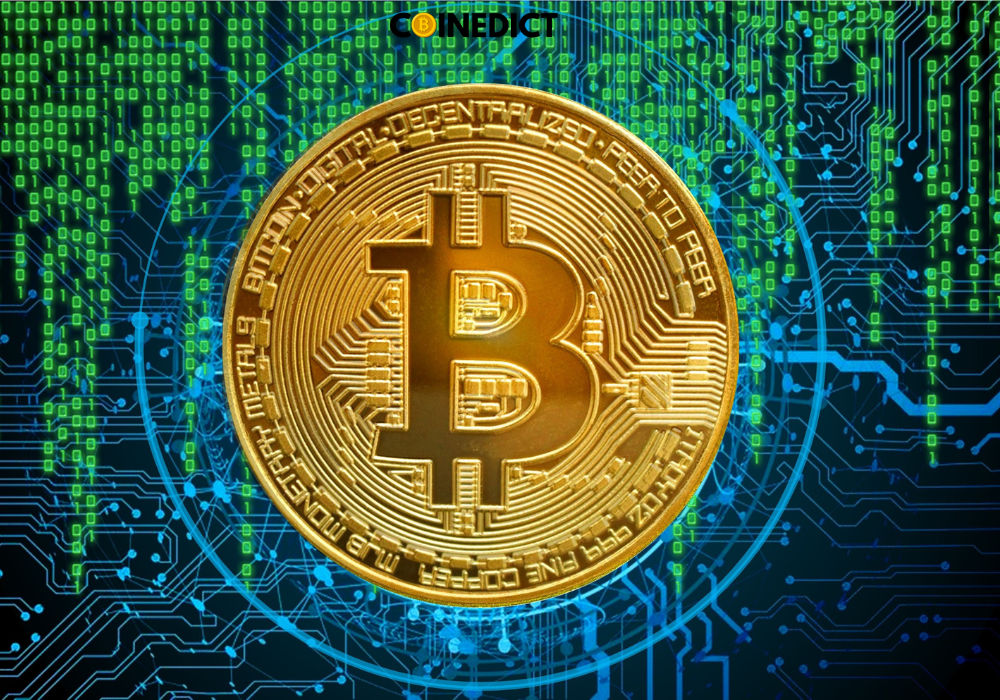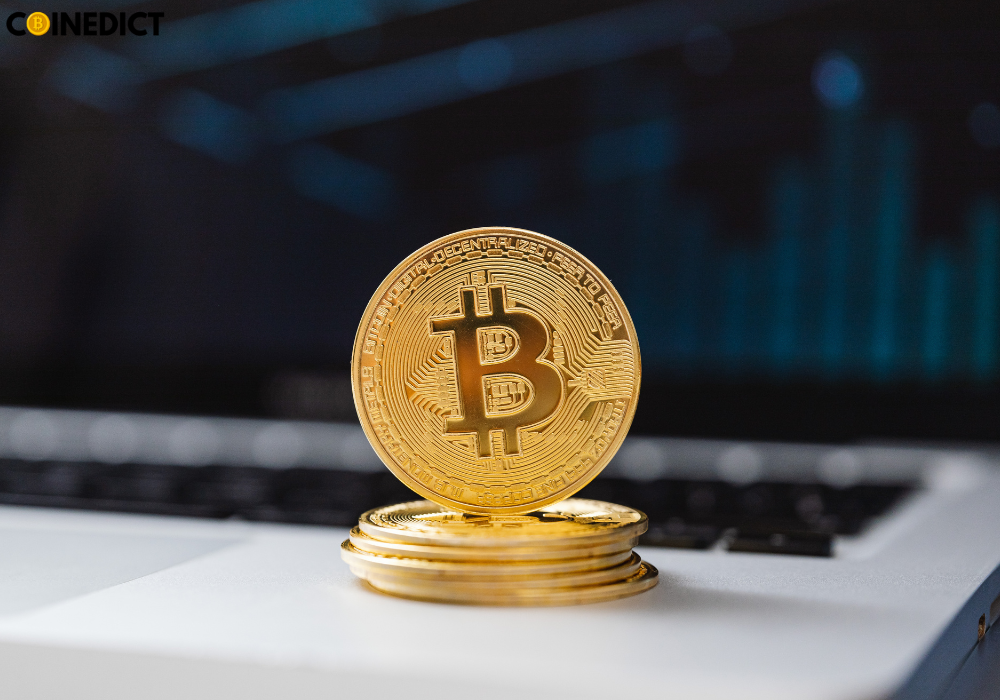Blockchain technology has revolutionized various industries, and one area where it has shown immense potential is in the realm of peer-to-peer lending platforms. These platforms facilitate direct lending between individuals without the need for traditional financial intermediaries. In this article, we will explore the role of blockchain in enabling peer-to-peer lending platforms, highlighting its benefits and implications for the lending landscape.
Understanding Peer-to-Peer Lending
Peer-to-peer lending, also known as P2P lending or marketplace lending, refers to the practice of individuals lending money directly to other individuals or businesses through online platforms. This lending model cuts out the middleman, such as banks or financial institutions, allowing borrowers to access funds at potentially lower interest rates, while lenders can earn higher returns on their investments.
The rise of peer-to-peer lending can be attributed to several factors. First, it offers a more streamlined lending process, as borrowers can quickly access funds online without the extensive paperwork and bureaucratic procedures often associated with traditional lending channels. Additionally, peer-to-peer lending provides an alternative for borrowers who may have difficulty obtaining loans from traditional financial institutions due to creditworthiness or other factors.
However, peer-to-peer lending also comes with its own set of challenges. As with any lending activity, there are risks involved, such as default rates and potential fraud. Ensuring trust and transparency within the lending ecosystem is crucial for its long-term sustainability.
The Role of Blockchain in Peer-to-Peer Lending
Blockchain technology can address many of the challenges faced by peer-to-peer lending platforms, making them more secure, transparent, and efficient. Let’s explore some key aspects of how blockchain enhances the lending process.
- Transparency and Trust
One of the fundamental features of blockchain is its transparent and immutable nature. Transactions recorded on a blockchain are visible to all participants and cannot be altered or tampered with easily. This transparency helps build trust between lenders and borrowers, as all parties can verify the authenticity and accuracy of loan-related information.
By leveraging blockchain, peer-to-peer lending platforms can provide borrowers with access to their transaction history, enabling them to establish a credit history that can be used for future loan applications. Additionally, lenders can assess the creditworthiness of borrowers more effectively by accessing their historical records stored on the blockchain.
- Security and Fraud Prevention
Blockchain’s decentralized architecture enhances the security of peer-to-peer lending platforms. Traditional lending platforms often store sensitive data on centralized servers, making them vulnerable to hacking and data breaches. In contrast, blockchain distributes data across a network of computers, making it significantly more resistant to attacks.
Moreover, blockchain’s use of cryptography ensures that loan transactions and borrower information remain secure and private. Each transaction is cryptographically linked to the previous one, forming a chain of blocks that is nearly impossible to alter without detection.
This enhanced security feature of blockchain technology helps prevent fraud within peer-to-peer lending platforms. The immutability of blockchain records ensures that once a transaction is recorded, it cannot be modified or deleted. This eliminates the risk of fraudulent activities, such as double-spending or falsifying loan documents.
Cost Efficiency and Reduced Intermediaries
Traditional lending processes involve various intermediaries, such as banks, credit agencies, and loan brokers, which can lead to additional costs and delays. Blockchain technology streamlines the lending process by reducing the need for intermediaries, thus minimizing associated fees and time-consuming procedures.
By leveraging blockchain, peer-to-peer lending platforms can automate and digitize many aspects of the lending process, including loan applications, credit assessments, and contract execution. This automation not only reduces administrative costs but also accelerates the loan approval and disbursement process, providing borrowers with quicker access to funds.
Furthermore, the removal of intermediaries through blockchain enables lenders to earn higher returns on their investments, as they directly connect with borrowers and negotiate loan terms without the involvement of traditional financial institutions.
Decentralization and Democratization of Lending
Blockchain-based peer-to-peer lending platforms introduce a decentralized and democratized lending ecosystem. By eliminating the need for centralized financial institutions, these platforms empower borrowers and lenders, allowing them to interact directly and make lending decisions based on mutually agreed terms.
The decentralized nature of blockchain ensures that lending decisions are not dictated by a single authority but are instead determined by consensus among network participants. This democratized approach provides individuals with access to loans, regardless of their geographic location or socioeconomic background. It opens up lending opportunities for underserved populations who may have limited access to traditional banking services.
Moreover, blockchain-based lending platforms enable borrowers to present their unique circumstances and creditworthiness directly to potential lenders, allowing for more personalized lending solutions. This direct interaction between borrowers and lenders fosters a sense of community and trust within the lending ecosystem.
Smart Contracts and Automation
Blockchain’s integration with smart contract technology is a game-changer for peer-to-peer lending platforms. Smart contracts are self-executing agreements that automatically facilitate and enforce the terms of a loan without the need for intermediaries.
In the context of peer-to-peer lending, smart contracts allow borrowers and lenders to define loan terms, including interest rates, repayment schedules, and collateral requirements. Once the conditions specified in the smart contract are met, such as the borrower making timely repayments, the contract executes the agreed-upon actions, such as releasing funds or adjusting interest rates.
The automation provided by smart contracts eliminates the need for manual verification and enforcement of loan agreements. It ensures that loan transactions adhere to the predetermined terms and reduces the risk of disputes or misunderstandings between borrowers and lenders.
Eliminating Geographic Barriers
Blockchain technology enables peer-to-peer lending platforms to transcend geographical boundaries, creating opportunities for cross-border lending. Traditional lending often faces challenges when borrowers and lenders operate in different countries due to varying regulations, currency conversions, and high transaction fees.
By leveraging blockchain’s decentralized nature and digital currencies, peer-to-peer lending platforms can facilitate cross-border lending with greater ease. Blockchain eliminates the need for intermediaries in currency conversions, reducing associated fees and enabling borrowers and lenders to transact directly using digital assets.
This cross-border lending feature of blockchain-based platforms promotes financial inclusion, allowing individuals and businesses from different parts of the world to connect and engage in lending activities seamlessly.
The Future of Blockchain in Peer-to-Peer Lending

The potential of blockchain technology in revolutionizing peer-to-peer lending is immense. As the technology continues to evolve and mature, we can expect several advancements and trends in this space.
- AI and Credit Assessment: Integrating AI technologies, such as machine learning and natural language processing, can enhance the credit assessment process in peer-to-peer lending. AI algorithms can analyze vast amounts of data, including financial records, social media profiles, and transaction history, to evaluate a borrower’s creditworthiness accurately. This can lead to more efficient and accurate loan decisions, benefiting both borrowers and lenders.
- Real-Time Risk Evaluation: IoT devices can provide real-time data that can be utilized for risk evaluation in peer-to-peer lending. For example, IoT sensors installed in collateral assets can provide information on asset performance, condition, and location, reducing the risk of default. This real-time data can help lenders make informed decisions and offer lower interest rates to borrowers with lower risk profiles.
- Fraud Detection and Prevention: AI algorithms can be leveraged to detect and prevent fraud in peer-to-peer lending platforms. By analyzing patterns, anomalies, and behavioral data, AI can identify suspicious activities, potentially fraudulent loan applications, or attempts at identity theft. This proactive approach to fraud prevention can safeguard the integrity of the lending ecosystem and protect lenders and borrowers from financial harm.
- Smart Contract Automation: Combining blockchain with AI and IoT can enable smart contract automation in peer-to-peer lending. Smart contracts can be programmed to trigger actions automatically based on predefined conditions and real-time data from IoT devices. For example, if a borrower’s collateral asset drops below a certain value, the smart contract can initiate appropriate actions, such as adjusting loan terms or triggering the sale of the asset to recover the loan amount.
- Data Privacy and Security: The integration of blockchain, AI, and IoT should prioritize data privacy and security. Blockchain’s decentralized and immutable nature ensures data integrity and prevents tampering. AI algorithms should comply with privacy regulations and ensure the secure handling of sensitive borrower information. IoT devices should adhere to robust security protocols to protect data transmission and storage.
- Improved Customer Experience: The integration of blockchain, AI, and IoT can significantly enhance the overall customer experience in peer-to-peer lending platforms. Borrowers can benefit from streamlined and automated loan processes, faster approval times, and personalized lending solutions. Lenders can leverage AI-powered algorithms and real-time data to offer competitive interest rates, personalized loan options, and a seamless lending experience.
Enhanced Privacy and Data Protection
Blockchain technology offers enhanced privacy and data protection for participants in peer-to-peer lending platforms. Traditional lending often involves sharing sensitive personal and financial information with multiple parties, raising concerns about data breaches and misuse.
By leveraging blockchain’s cryptographic techniques, peer-to-peer lending platforms can ensure the privacy and security of user data. Blockchain allows for the selective disclosure of information, where only necessary details are shared with relevant parties while keeping the rest of the data encrypted and inaccessible to unauthorized individuals.
Tokenization of Assets
Blockchain enables the tokenization of assets, which can revolutionize the lending landscape. Tokenization refers to the process of representing real-world assets, such as real estate or artworks, as digital tokens on a blockchain.
In the context of peer-to-peer lending, tokenization opens up new possibilities for borrowers to leverage their assets as collateral for loans. By tokenizing their assets, borrowers can access liquidity and unlock the value of their holdings, while lenders can diversify their loan portfolios by investing in tokenized assets.
Tokenization also facilitates fractional ownership, allowing borrowers to divide their assets into smaller units and attract multiple lenders. This fractionalized ownership model provides increased liquidity and investment opportunities for lenders.
Improved Credit Scoring and Risk Assessment
Blockchain technology can enhance credit scoring and risk assessment processes in peer-to-peer lending. Traditional credit scoring models rely heavily on historical credit data from centralized credit bureaus, which may not provide a comprehensive view of an individual’s creditworthiness.
By leveraging blockchain, peer-to-peer lending platforms can access a wider range of data points, such as transaction history, social media profiles, and online reputation, to assess a borrower’s creditworthiness. This holistic approach to credit scoring can provide a more accurate and dynamic assessment, especially for borrowers with limited credit history.
Additionally, blockchain’s transparent and immutable nature allows lenders to assess the risk associated with a loan more effectively. Lenders can access the transaction history of borrowers on the blockchain, enabling them to evaluate the borrower’s repayment behavior and assess the risk of default.
Secondary Market for Loan Trading
Blockchain technology enables the creation of a secondary market for trading loans originated on peer-to-peer lending platforms. In traditional lending, once a loan is originated, it is typically held by the original lender until maturity, limiting liquidity options for lenders.
Conclusion
In conclusion, blockchain technology has the potential to transform peer-to-peer lending platforms by introducing transparency, security, cost efficiency, and decentralization. By leveraging blockchain’s unique features, such as transparency, smart contracts, and decentralization, peer-to-peer lending platforms can create a trusted and efficient lending ecosystem that benefits borrowers and lenders alike.
As technology continues to evolve and regulatory frameworks develop, we can expect blockchain-based peer-to-peer lending platforms to play a more significant role in democratizing access to finance and reshaping the lending landscape.











